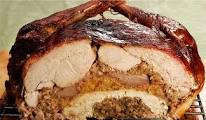
by brisketman | Oct 15, 2015 | Poultry, Tips and Tales
A Turducken is essentially a Boneless Turkey, Boneless Chicken and a Boneless Duck stuffed one inside the other with a good contrasting meat—usually sausage—crammed between the layers of poultry. The whole enterprise is tied together with twine and then slowly...
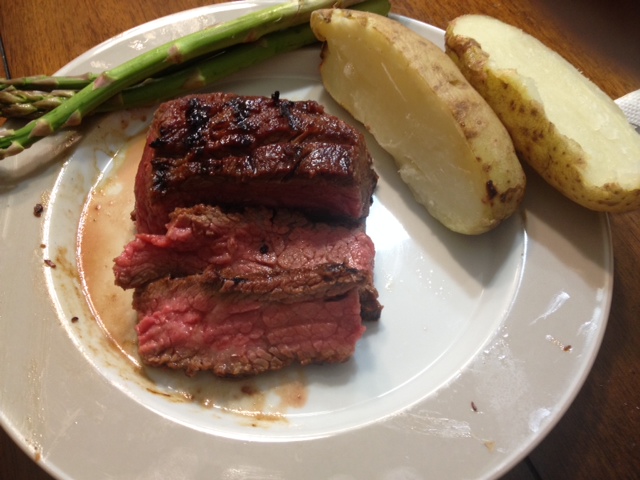
by brisketman | Sep 12, 2014 | Beef, Tips and Tales
One of the best parts of my job is that I get to eat great meat on a regular basis. Last night, I tried my hand at Tri Tip. This cut comes to Mister Brisket courtesy of Meyer Natural Angus. This means the beef comes from cattle that are 100% angus and certified to...
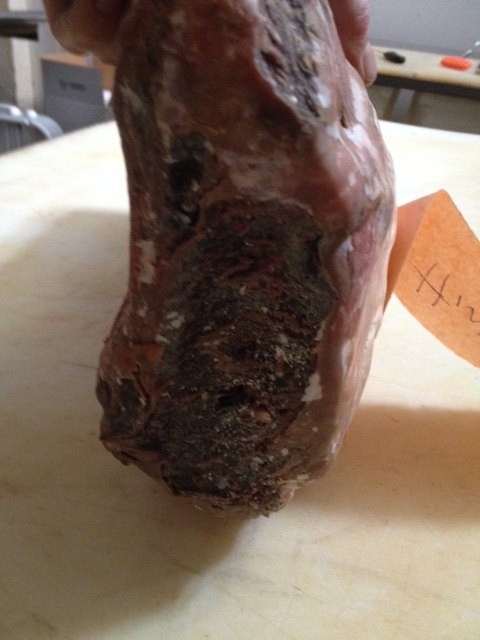
by brisketman | Jan 23, 2014 | Beef, Tips and Tales
When Geoff Hewitt asked us to age a USDA Prime Rib Roast for 60 days, we were skeptical as to how it would turn out. But, on Saturday, January 4, he picked up his meat. The image above is what it looked like. We were skeptical as to how it would turn out. Our...
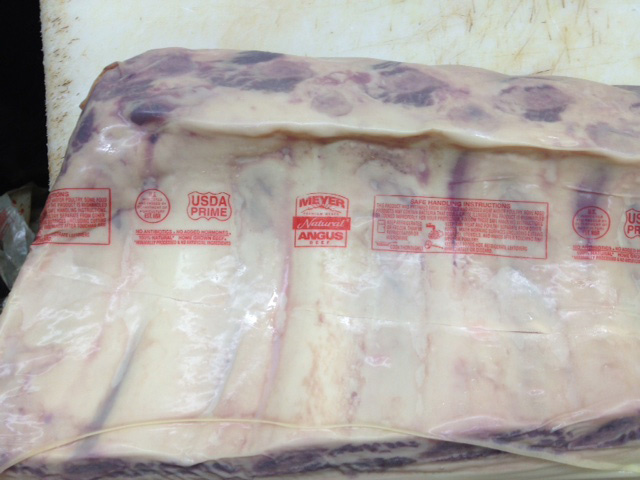
by brisketman | Nov 7, 2013 | Beef, Tips and Tales
Mister Brisket has never been a big proponent of dry aging beef. In our experience we’ve found it has no discernible impact on flavor. Enter Geoff Hewitt, a resident of New Franklin, who found us on the internet. Hewitt emailed and wanted to know how we felt...
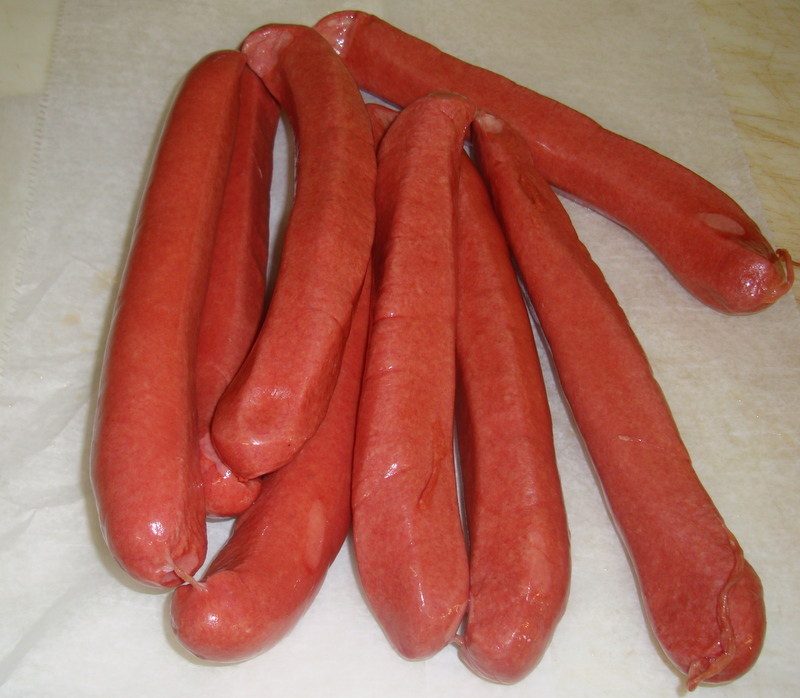
by brisketman | Apr 25, 2013 | Beef, Tips and Tales
People have a lot of opinions about what constitutes a really good hot dog. And at Mister Brisket, we’re no different. But here’s the thing–Mister Brisket is not just a Butcher Shop. We’re also a research institute. If we sell a product,...
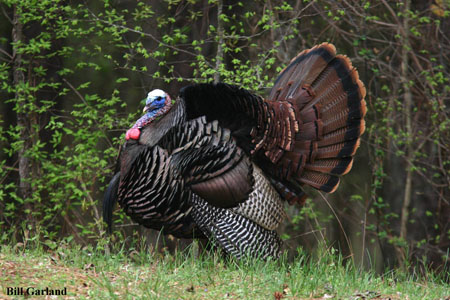
by brisketman | Nov 8, 2012 | Poultry, Tips and Tales
A common customer request at Thanksgiving is for a “wonderful, fresh turkey.” The wonderful part is easy–we sell you an Empire Kosher Turkey, you follow our instructions and get a great result. But the fresh part–well, that’s...







